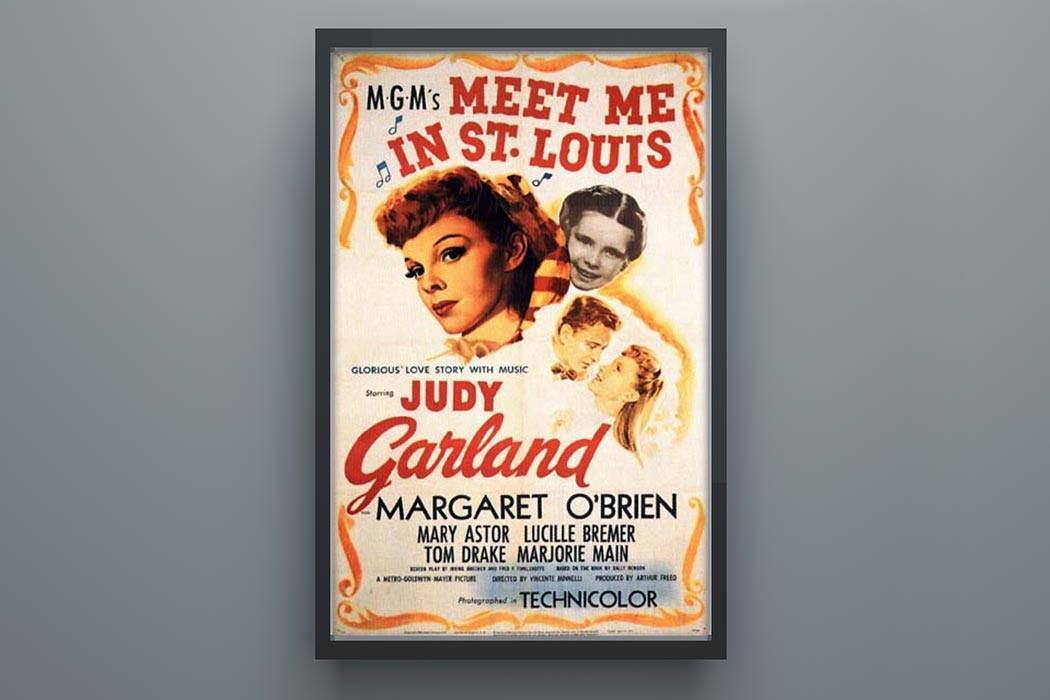Meet Me In St. Louis isn’t exactly a Christmas movie, but it’s gained honorary entry into that festive club for not only introducing the song “Have Yourself a Merry Little Christmas,” but for also featuring Judy Garland crooning the heartbreaking ballad in all her 1940s glory. The 1944 movie is noteworthy in another way, wrote David Neumeyer—it represented the merging of both the musical and dramatic film genres.
Before Meet Me in St. Louis, wrote Neumeyer, movies used musicals in very specific ways. Musicals had, well, music. Dramatic films only used musical numbers to emphasize emotional high points—otherwise, music was very much in the background. But Meet Me in St. Louis combined the two approaches, enabling “a more complex treatment of music,” and setting precedent for more nuanced uses of music for future films.
Neumeyer found some ways in which the musical challenged the stereotypes of its day. By using different romantic storylines, the movie de-emphasized the “romantic pairings” that was, at the time, a central trope of musicals. For the first time, a family instead of an individual was at the heart of a musical. And, a surprising number of songs in the musical are diegetic—that is, they take place in the actual world of the movie instead of interrupting the movie for a musical number. By having the characters perform the film’s title song, “Meet Me in St. Louis,” as a narrative scene rather than a full-fledged dance number, the movie challenged what it meant to be a musical.
According to Neumeyer, even the musical’s finale belies the fact that it is a musical. “We are denied a final production number,” he wrote. “Despite the presence of the only obvious stage set in the film, a crowd that looks as if it could break into song and dance at any moment, and boxes extended downstage from which the family could easily have sung as a group. Instead, a non-diegetic chorus pushes the whole scene out and invokes the end title.”
For a musical, that’s a “decidedly unsatisfactory” end. Not so much for a melodrama—which Meet Me in St. Louis could easily be categorized as. So, is Meet Me in St. Louis a musical or a melodrama? Perhaps it’s both…and perhaps it’s worth another holiday viewing (for the sake of research, of course).







